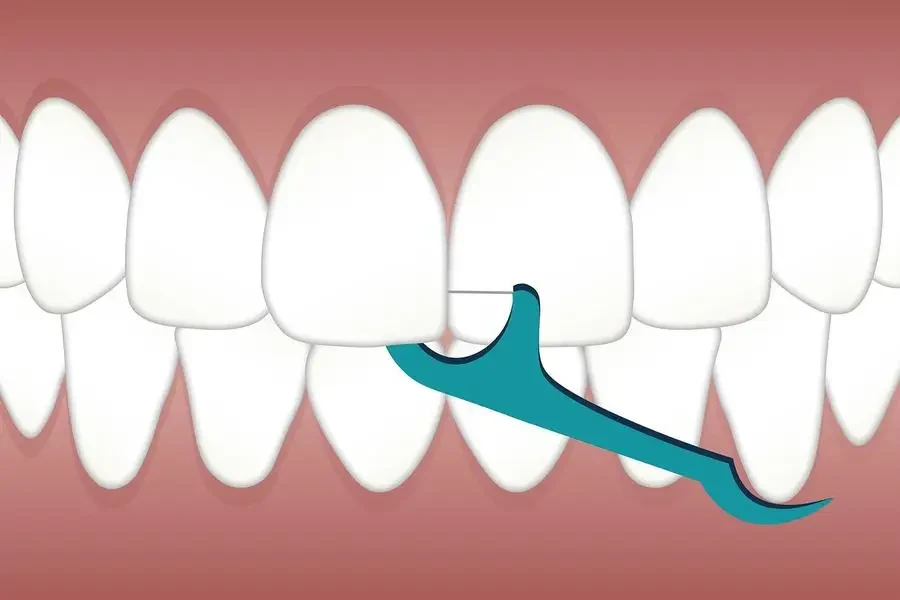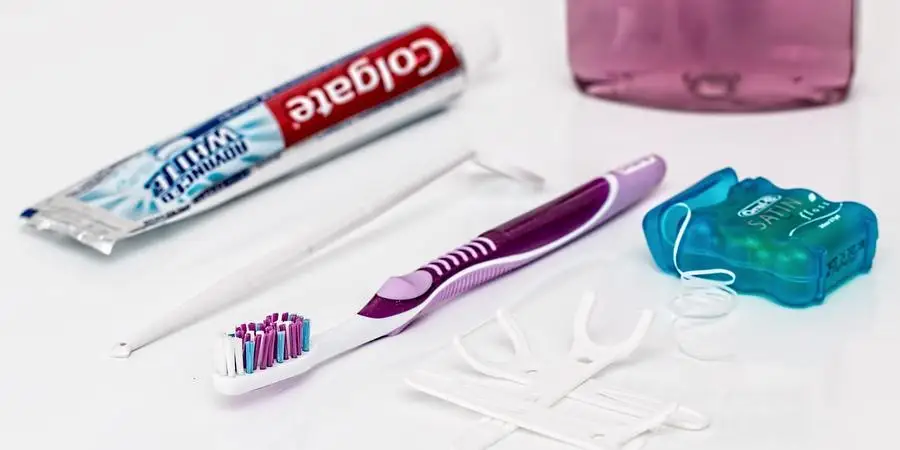Rapid advancements and shifting consumer preferences are reshaping the dental floss market, driven by a greater focus on oral health and technological breakthroughs. As we edge closer to 2025, understanding these trajectories becomes increasingly important for both businesses and consumers.
Table of Contents:
– Market overview of dental flossers
– Innovations in dental floss products
– Segmentation of the dental floss market
– Competitive landscape and key players
– Challenges and opportunities
– Future trends and market forecast
Market overview of dental flossers

The global dental floss market is witnessing strong growth, valued at approximately $729.8 million in 2023, and is poised to surge to $1 billion by 2030, propelled by a compound annual growth rate (CAGR) of 5.1%. This upward trend largely arises from increased awareness regarding oral hygiene and a rise in dental health issues worldwide. Notably, the World Health Organization reports that 3.5 billion individuals are affected by oral diseases, sparking a demand for effective dental care tools like flossers.
North America stands at the forefront of the dental floss market, driven by extensive education and awareness campaigns about oral hygiene. This region benefits from comprehensive health initiatives and frequent dental check-ups endorsed by healthcare professionals, which contribute substantially to market growth. Furthermore, the robust healthcare infrastructure and disposable income levels enable consumers in North America to pursue high-end dental products. In the United States alone, the market holds an impressive valuation of $193.6 million as of 2023, underscoring its pivotal role in the global landscape.
In Asia-Pacific, China is forecasted to exhibit remarkable progress, with an anticipated CAGR of 7.8%, reaching $230.7 million by 2030. Similarly, markets in Japan, Canada, and Germany are experiencing noteworthy expansion, spurred by comparable dynamics. The uptake of dental flossers in these markets points to a rising health awareness and improved accessibility to dental products.
Innovations in dental floss products

Innovations in dental floss products continue to invigorate the global market, as manufacturers strive to meet consumer demands for convenience, efficiency, and environmental consciousness. Products such as flavored floss, biodegradable floss, floss picks, and water flossers have broadened the product spectrum and captured a diverse consumer segment.
Flavored floss is particularly attractive to younger demographics and those interested in a more enjoyable flossing experience. Eco-conscious consumers appreciate biodegradable and environmentally friendly options, reflecting the broader trend towards sustainability. For individuals who find traditional flossing cumbersome, alternatives like floss picks and water flossers provide easier solutions. These innovations not only enhance the user experience but also foster more widespread flossing habits as part of daily oral care routines.
The movement toward personalization in dental care is fueling the growth of specialized floss types engineered for distinct dental needs and preferences. This broadening of the product landscape is reflected in the introduction of technologically savvy flossers that promise superior cleaning performance, setting a new benchmark in consumer expectations.
Segmentation of the dental floss market

The dental floss market is segmented by product type, end-user, and geographic region. The product types include dental tape, unwaxed floss, and waxed floss, each appealing to distinct consumer needs. Waxed floss, in particular, is projected to reach $560.5 million by 2030, with an estimated CAGR of 5.3%.
As for end-users, the market is categorized into homecare consumers, dental clinics, and hospitals. Homecare settings lead the market owing to the practicality of purchasing floss during routine shopping trips to grocery stores or pharmacies. Meanwhile, dental clinics and hospitals significantly influence the market by promoting flossing through professional endorsements. The prioritization of preventive care in clinical environments stimulates increased demand for dental flossers.
Regionally, the market is divided into North America, Asia-Pacific, Europe, Latin America, and the Middle East & Africa. North America remains the market leader, followed by Asia-Pacific, which continues to see growth, particularly in China and other strategic areas. These regional distinctions underscore the disparities in awareness and use of dental flossers across various markets.
Competitive landscape and key players

The dental floss market is characterized by intense competition, with leading players implementing strategic initiatives to bolster market advancement. Prominent companies in the industry include 3M Company, Colgate-Palmolive Company, Procter & Gamble Company, Sunstar Group, and The Humble Co. AB. These corporations are focusing on robust research and development efforts to create cutting-edge dental floss products that align with evolving consumer tastes.
From the creation of flavored and biodegradable floss to technologically sophisticated floss picks and water flossers, these companies are broadening their product lines to draw a vast customer base. Collaborations with dental associations and health organizations bolster market presence and spread awareness of flossing benefits, reflecting positively in market statistics. Such emphasis on innovation and strategic alliances exemplifies the market’s competitive nature.
Additionally, key players are expanding their distribution channels to improve product accessibility, tapping into both traditional sales avenues and e-commerce platforms. This strategy ensures broader market penetration, including reaching remote and underserved areas, pivotal for sustaining competitiveness within the dental floss market.
Challenges and opportunities

The dental floss market encounters several obstacles, such as mounting competition from alternative dental care products, environmental concerns, and limited awareness in emerging regions. However, these challenges can also be envisioned as potential growth avenues. Developing sustainable and biodegradable floss resonates with environmental priorities and meets the increasing demand for eco-friendly products.
Enhanced digital marketing and online sales platforms facilitate engagement with a broader audience and dissemination of flossing’s significance. The digital revolution in retail has empowered companies to interact with consumers more dynamically, offering educational resources and tailored product recommendations. Additionally, expanding into untapped markets presents significant potential for growth within the dental floss milieu.
A heightened focus on preventative care and the link between oral health and overall well-being present vast opportunities for dental floss innovators. As consumers become more health-focused, the appetite for effective and holistic oral care solutions is anticipated to swell, leading to growth in demand. Enterprises investing in sustainable and tailored dental care products are poised to dominate the market, responding adeptly to the evolving landscape of consumer preferences.
Future trends and market forecast
The prospects for the dental floss market are promising, with key trends marking its evolution. The burgeoning consciousness regarding oral hygiene stands as a vital catalyst. Over recent years, initiatives by government bodies, dental associations, and private sector players have amplified the spotlight on oral hygiene as a preventive measure against dental ailments such as cavities, gingivitis, and periodontitis.
The increasing global incidence of dental diseases further underscores the demand for dental floss. The World Health Organization’s data that 3.5 billion people are impacted by oral diseases highlights the necessity for preventative measures. Poor dietary habits, excessive intake of sugary foods and drinks, and substandard oral hygiene practices contribute significantly to dental ailments like caries and periodontal conditions.
In closing, the dental floss market is ready for notable expansion in 2025 and beyond. Product innovations, heightened awareness about oral hygiene, and strategic maneuvers by key industry participants will be primary drivers of this expansion. Companies investing in environmentally friendly and personalized dental care products are likely to spearhead the market, adeptly catering to health-conscious and environmentally savvy consumers.




